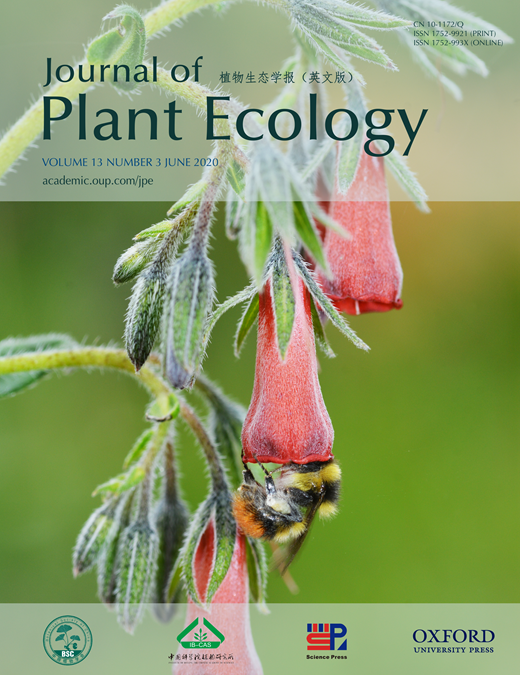Kelly Marianne Guimarães Pereira, Natielle Gomes Cordeiro, Marcela de Castro Nunes Santos Terra, Marcela Venelli Pyles, Christian Dias Cabacinha, José Márcio de Mello and Eduardo van den Berg
Aims
Natural vegetation plays an important role in global carbon cycling and storage. Thus, the Cerrado (Brazilian savannah) is considered a carbon sink because of its intrinsic characteristics. Our aim was to evaluate how the aboveground biomass and biodiversity relationship change between three Cerrado remnants with different protection status: a ‘control area’ (Legal Reserve area), a protected area (PA) and a non-protected area (Non-PA).
Methods
All three studied fragments are situated in northern Minas Gerais state, Brazil. We estimated the aboveground carbon stocks based on the forest inventory. We also measured three dimensions of biodiversity metrics for each plot: functional trait dominance, taxonomic diversity and functional diversity. The following functional traits were evaluated for the species: wood density, maximum diameter and seed size. We carried out generalized linear models seeking to evaluate how carbon stocks, community-weighted mean (CWM) trait values, species richness and diversity, and functional diversity indices differ among the remnants.
Important Findings
The Cerrado areas without protection status had lower carbon stocks, species richness, species diversity, functional richness and functional dispersion, whereas both PA and Non-PA had lower CWM maximum diameter and seed size compared with the Legal Reserve control area. Generalized linear models showed that carbon stocks, species and functional richness metrics were correlated within and across sites, and thus, species richness could serve as a good proxy for functional richness and carbon stocks. The carbon stocks were positively driven by species richness and CWM maximum diameter, while they were negatively driven by functional dispersion. Functional richness, species diversity and CWM seed size appeared in the set of best models, but with no significant direct effect on carbon stocks. Thus, we concluded that absence of protection in the Cerrado areas decreases both species richness and carbon stocks.
 Volume 13 Issue 3
Volume 13 Issue 3







